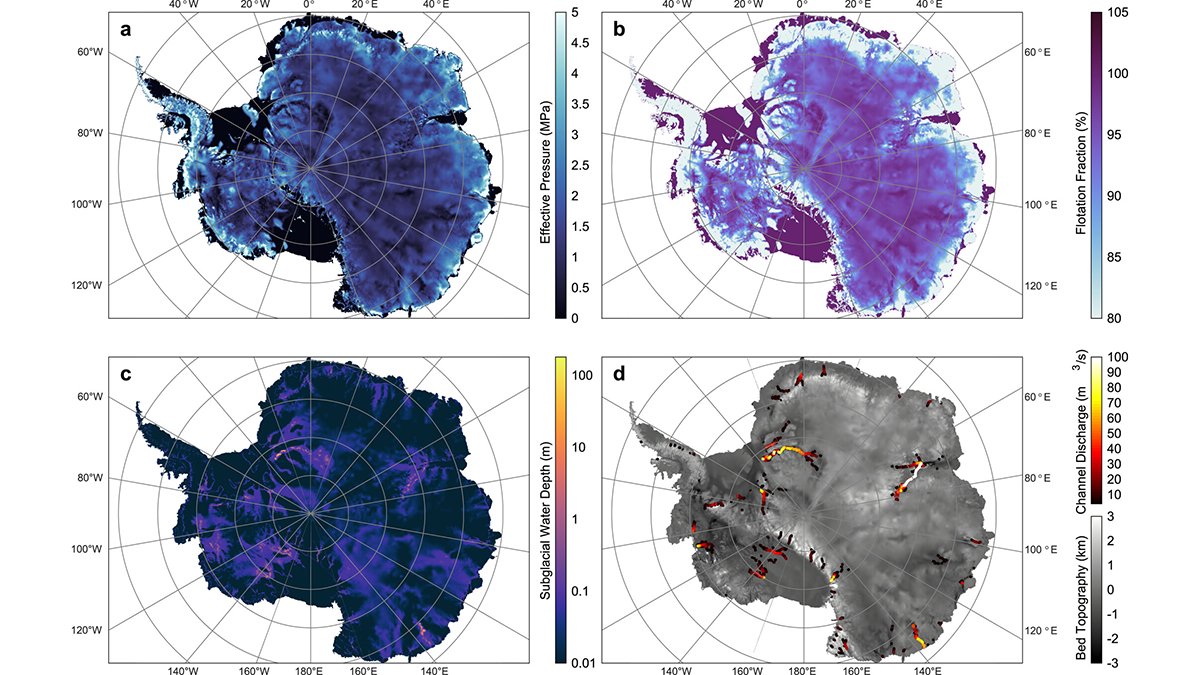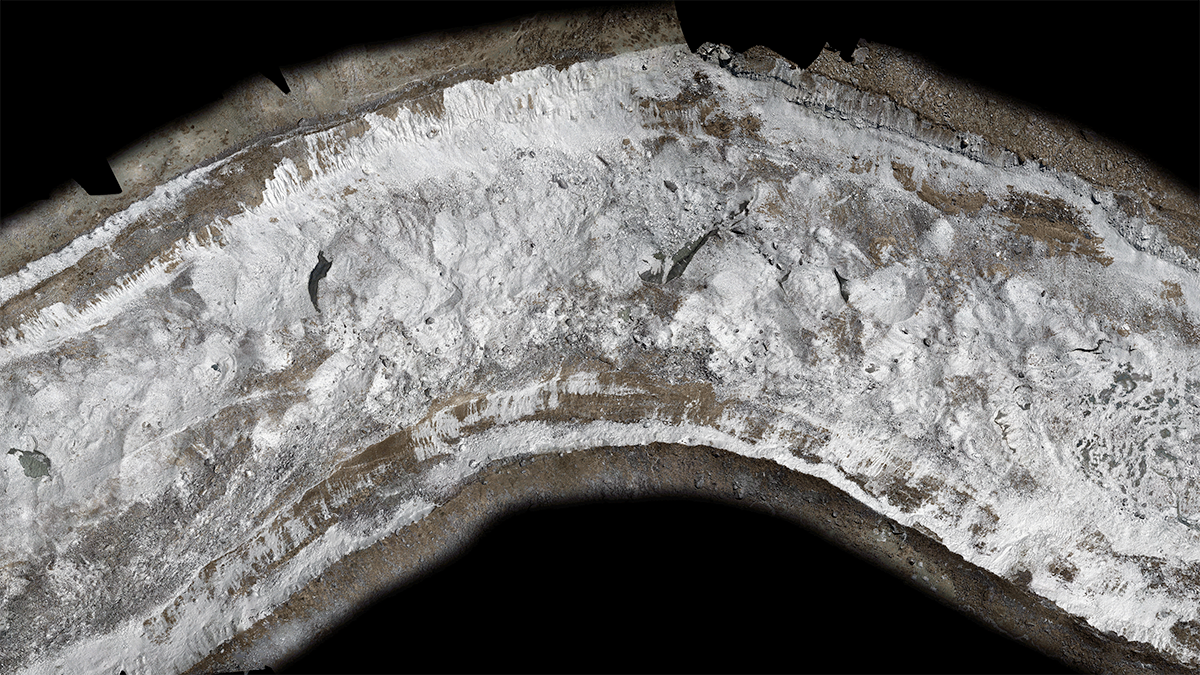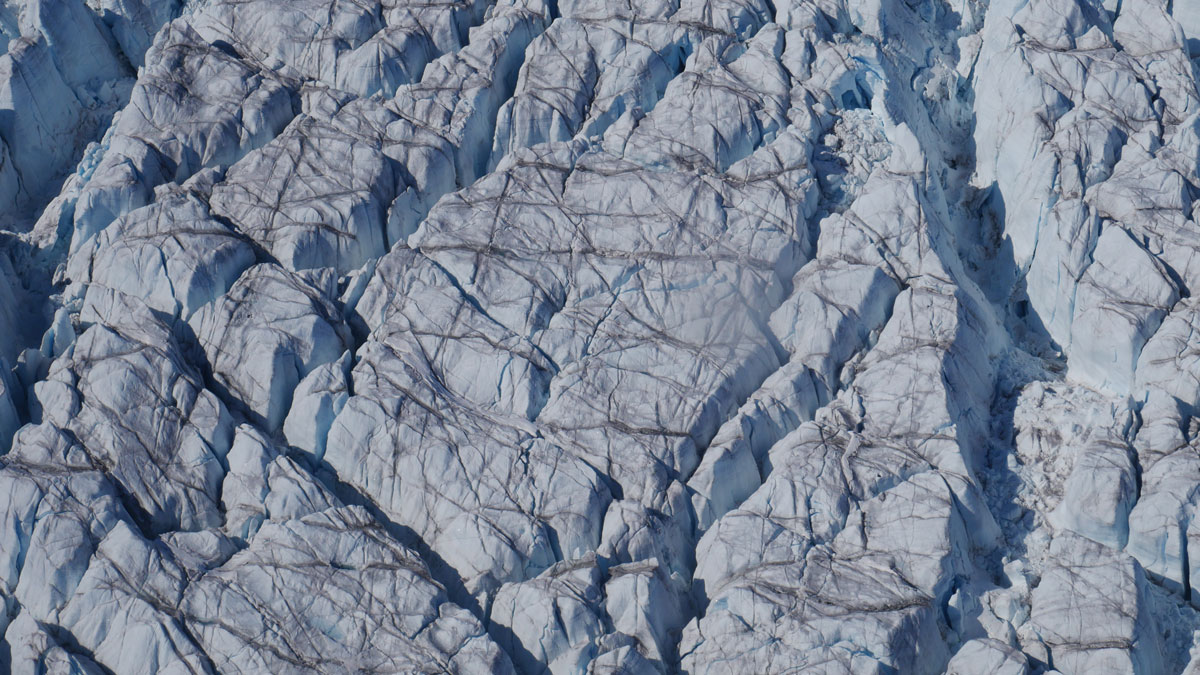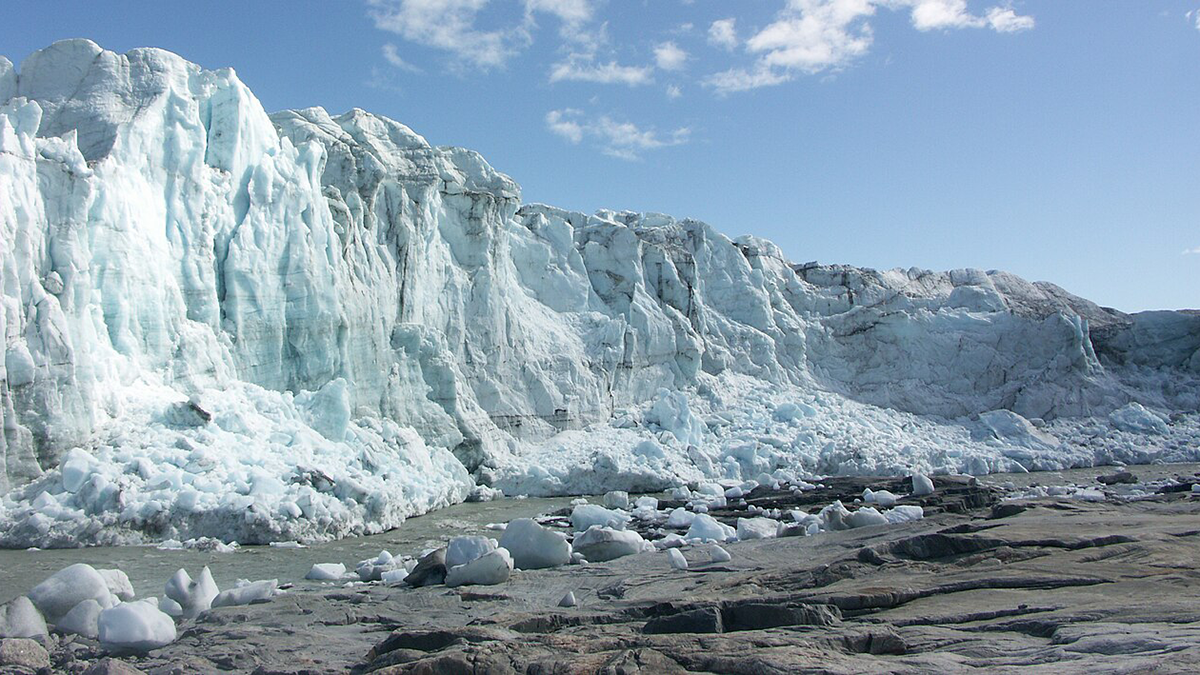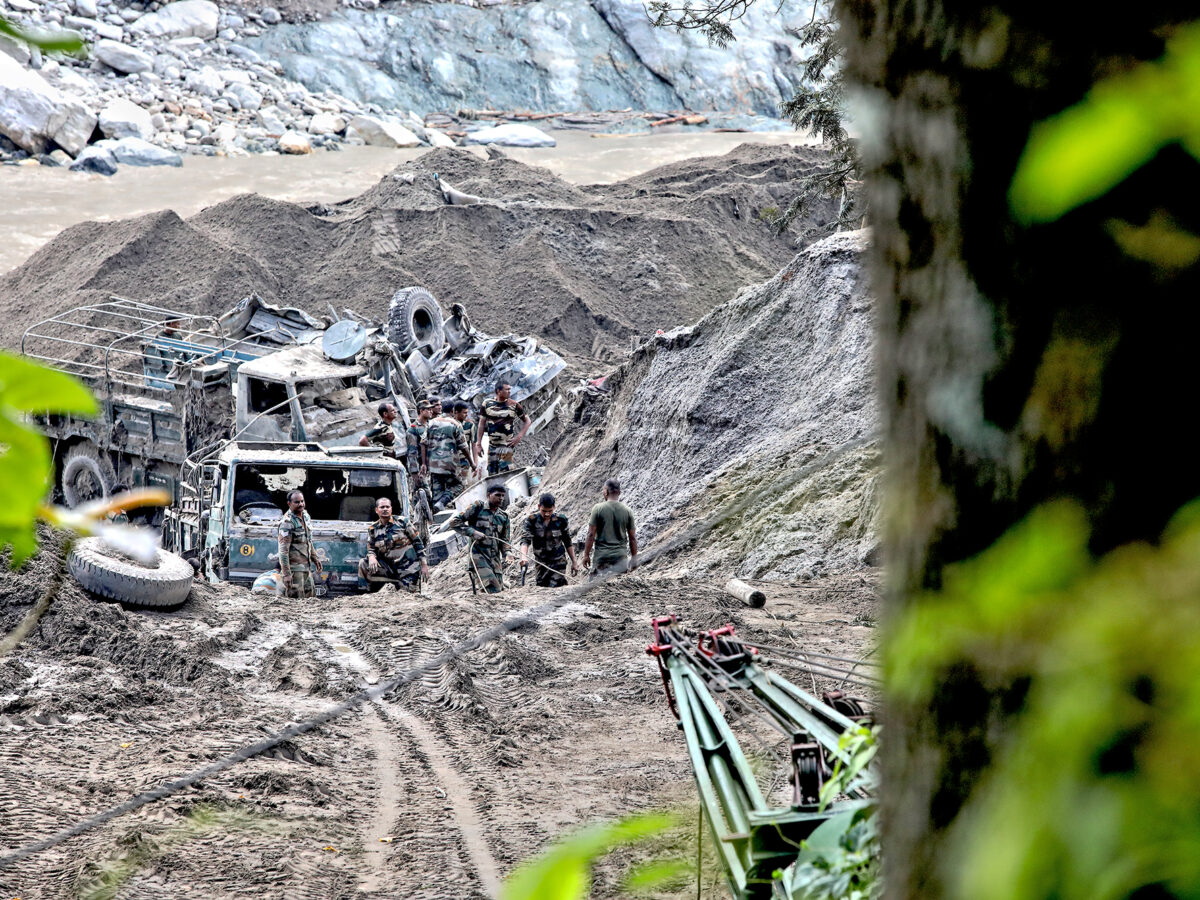Using simulations of subglacial hydrology, a new study shows the volume and movement of meltwater underneath the Antarctic Ice Sheet.
glaciers & ice sheets
The Complex Evolution of Debris-Covered Glacier Surfaces
A first look at how the surfaces of debris-covered glaciers evolve over time from six years of drone surveys in the Nepal Himalaya.
Crevasses on the Greenland Ice Sheet Are Growing
High-resolution 3D maps show crevasse volume is increasing across most of the Greenland Ice Sheet as it accelerates toward the ocean, which could affect future ice loss and sea level rise.
How Do You Make Earth into an Icehouse?
A new model accurately reconstructs Earth’s past icehouses and indicates there’s no one driver behind them.
Tiny Icequakes Ripple Through Greenland’s Largest Ice Stream
Seismologists made an accidental discovery on the Northeast Greenland Ice Stream, changing the way glaciologists understand how ice moves.
The Pulsed Pace of Glacial Erosion
New data from Lago Argentino, Patagonia reveal that glacial erosion occurs in discrete pulses, which challenges previous ideas that erosion rates have increased over time due to climate change.
Ice boost! Why Rock Avalanches Containing Ice Travel So Far
Researchers identify a new mechanism that allows avalanches containing a mixture of rock and ice to travel very long distances.
The growing landslide threat to the Snake Pass in northern England
The Landslide Blog is written by Dave Petley, who is widely recognized as a world leader in the study and management of landslides. BBC News ran an item yesterday about the Snake Pass, the major road that links the two major northern English cities of Manchester and Sheffield. The Snake Pass is a beautiful highway, […]
Which Greenland Outlet Glaciers have Subglacial Channels?
A new study provides insights into where the channels that drain subglacial water from underneath the Greenland Ice Sheet are most likely located.
The 3-4 October 2023 Sikkim GLOF: drivers, causes and impacts of a multihazard cascade
Our new paper in the journal Science provides a detailed analysis of the causes and consequences of the terrible landslide-triggered Glacial lake outburst flood (GLOF) that struck northern India late in 2023. The Landslide Blog is written by Dave Petley, who is widely recognized as a world leader in the study and management of landslides. […]

